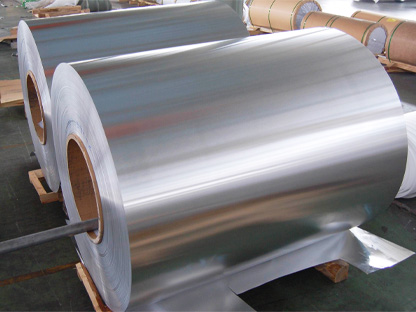
Name: Industry News
I. The basic characteristics of aluminum provide a solid foundation for appearance design
As a common metal material, aluminum has long been the mainstream choice in the industry for its application in electronic product shells. Its main advantages include light weight, firmness, corrosion resistance, easy molding and good thermal conductivity. Lightweight means that electronic devices can become thinner and lighter, making it easier for users to carry, while firmness ensures the durability of the device in daily use. Corrosion resistance ensures that the product remains intact in different environments and reduces maintenance costs. More importantly, aluminum has extremely high plasticity. After reasonable processing technology, it can achieve a variety of surface effects, providing great space for appearance design.
The thermal conductivity of aluminum is also a major advantage in electronic products. Good heat dissipation performance not only improves the performance stability of electronic equipment, but also provides more possibilities for appearance design. For example, through a special heat sink design, it not only achieves heat dissipation function, but also becomes part of the appearance, enhancing the overall design performance.
(1) Analysis of core functions
1. Thermal conductivity: The high thermal conductivity of aluminum alloy can quickly transfer the heat generated by electronic components and keep the equipment running within a safe temperature range
2. Structural protection: The sturdy metal shell provides electromagnetic shielding and mechanical protection for precision circuits, reducing the risk of damage caused by external impact
3. Lightweight design: Compared with other metal materials, aluminum alloy significantly reduces the overall weight of the equipment while ensuring strength
(2) Typical application scenarios
1. Large electronic equipment: In TVs and desktop computers, it is usually used as an internal heat dissipation module, forming an active heat dissipation system with heat pipes and fans
2. Portable devices: Smartphones and tablets mostly use an integrated aluminum alloy body, which combines heat dissipation function with appearance design requirements
3. Industrial electronic equipment: Equipment working in harsh environments achieves double protection through thickened aluminum alloy shells
II. Process innovation promotes the transformation of aluminum appearance design
With the continuous advancement of industrial technology, the processing technology of aluminum is also continuously innovating, greatly expanding its application space in appearance design. Traditional processes such as wire drawing, sandblasting, and anodizing have given aluminum different textures and colors, but with the emergence of new technologies, designers have been able to achieve more complex and richer appearances.
The introduction of 3D printing technology allows aluminum to achieve more complex structures and details. Through high-precision 3D printing, not only can rapid prototyping be achieved, but also product structures with unique appearances can be created to meet the needs of personalized customization. Nano-coating and multi-layer anodizing technology can give aluminum different colors and textures, and even achieve visual effects such as gradient colors and metallic luster without additional paint treatment. These processes not only ensure the durability of the material, but also enrich the appearance.
The application of laser engraving and CNC processing technology allows the surface of aluminum to achieve fine patterns, LOGO or texture designs, enhancing the recognition and beauty of the product. These innovative processes not only enhance the decorativeness of aluminum, but also provide designers with a broader creative space.